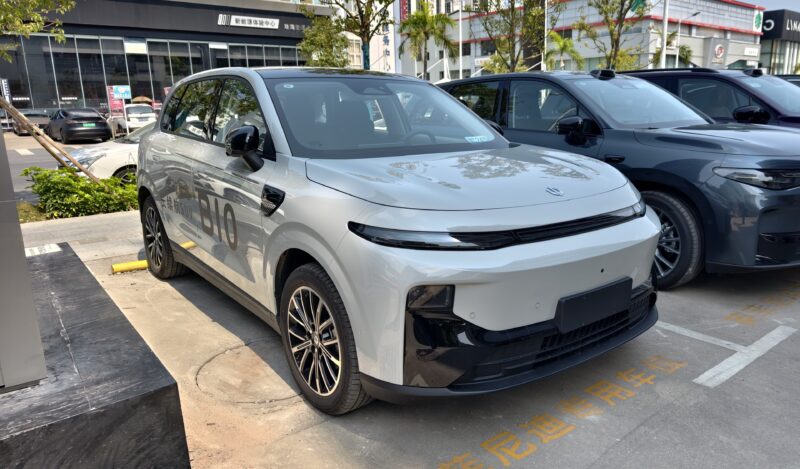Sunday China Drive | Stellantis-backed Leapmotor B10, can this budget EV outshine premium rivals?
The Leapmotor B10 (see specs) arrives as a disruptor in the budget electric vehicle segment, challenging the notion that affordability must come at the expense of quality. With a starting price of just 109,800 yuan (approximately 15,100 USD), it undercuts established rivals like the BYD Dolphin and Volkswagen ID.3. Stellantis-backed Leapmotor claims it offers a compelling mix of premium features, engaging driving dynamics, and forward-thinking technology.
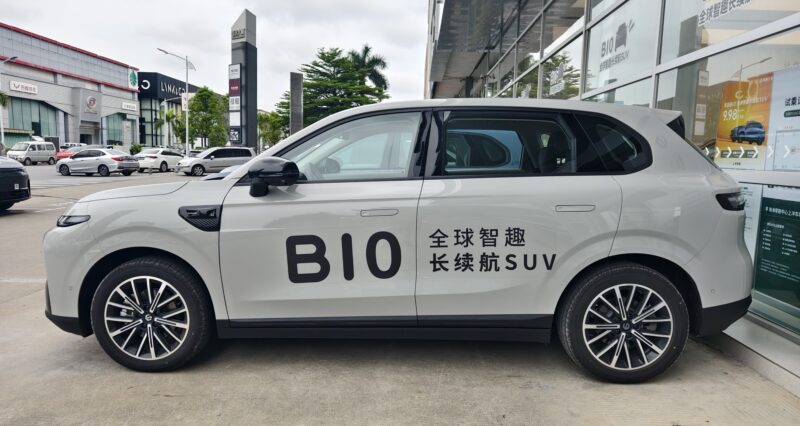
Leapmotor proudly labels the B10 the “king of value,” but does it truly deliver on all fronts? Let’s go on an extensive test drive with the B10 on this week’s Sunday China Drive and find out for ourselves.
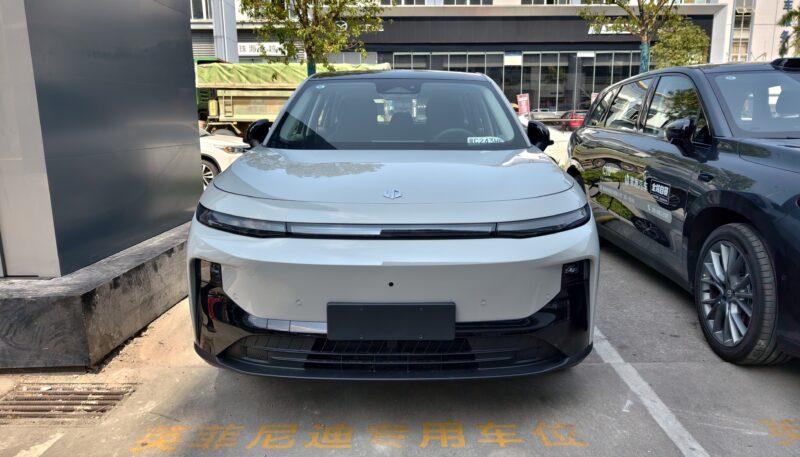
Exterior
The B10’s design philosophy leans into minimalist modernity, avoiding flashy gimmicks in favour of clean, well-proportioned styling. The front end features sleek, narrow LED light bars stretching across the vehicle’s width, giving it a futuristic yet refined presence. At the rear, a full-width light strip ties the design together, while subtle sculpting along the body panels adds a touch of dynamism.
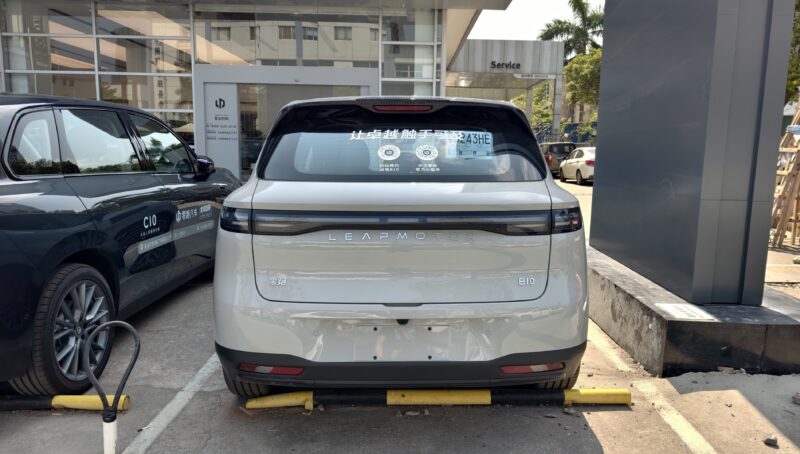
Its compact dimensions (4,510 mm long and 2,735mm wheelbase) offer respectable interior space. Including a roof-mounted laser radar, neatly integrated without disrupting the roofline, hints at the car’s advanced driver-assistance capabilities—a rare feature in this price bracket.
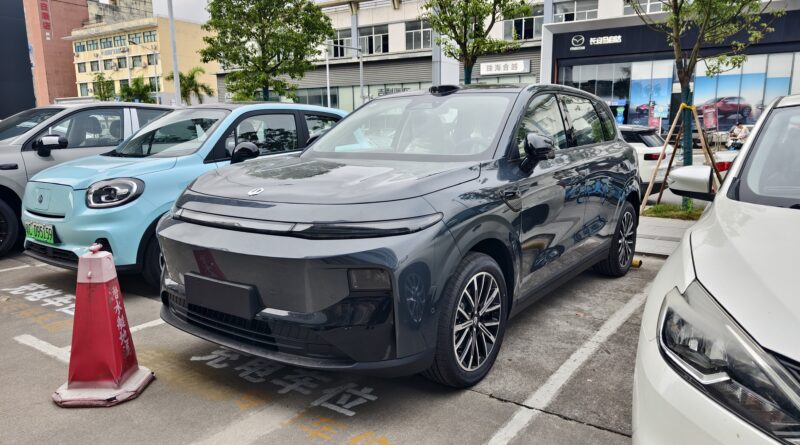
While the B10 may not break new ground in automotive design, its cohesive and mature aesthetic ensures it doesn’t look like a cost-cutting compromise—a common pitfall for budget EVs.
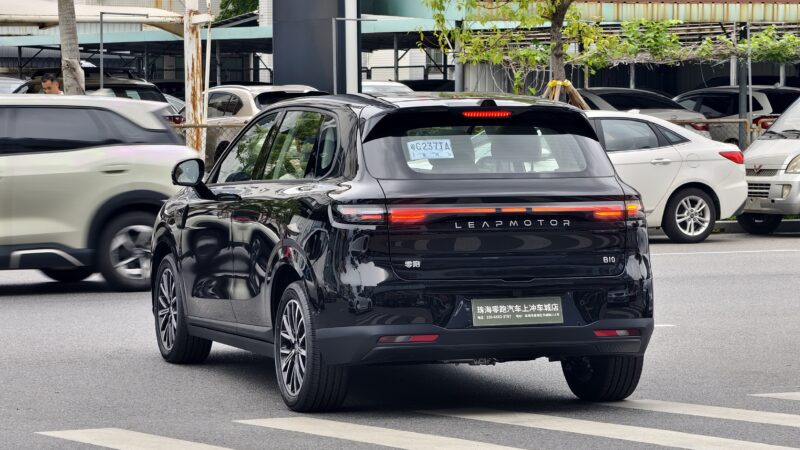
Interior
Step inside the B10, and the first impression is unexpected refinement. Leapmotor has gone to great lengths to elevate the cabin beyond typical budget-car standards, incorporating soft-touch materials, metallic accents, and thoughtful details that create a surprising upscale ambience.
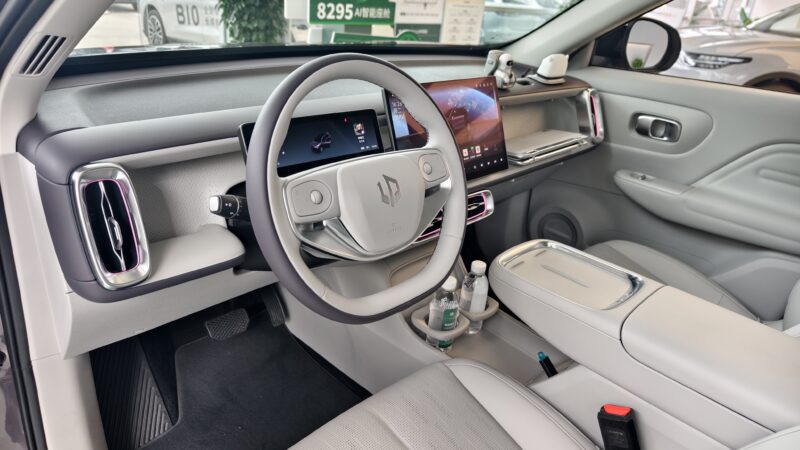
One of the most intriguing features is the modular dashboard on the passenger side, equipped with six customizable slots. Accessories like a fold-out table for the front passenger, a vanity mirror, or even a GoPro mount, transform the space into a mobile workstation or entertainment hub. However, questions remain about how these add-ons might affect airbag deployment in a collision—a consideration Leapmotor will need to address.
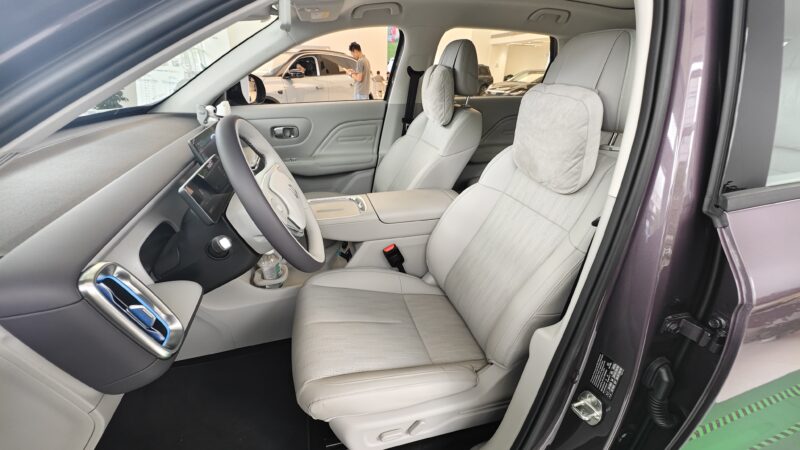
Practicality is a strong suit, with well-designed storage solutions throughout the cabin. The cup holders feature silicone grips to prevent rattling, while an integrated tissue box in the rear seat adds a thoughtful touch. The front seats fold completely flat, connecting them with the rear bench to create a makeshift lounging area—ideal for quick naps during charging stops.
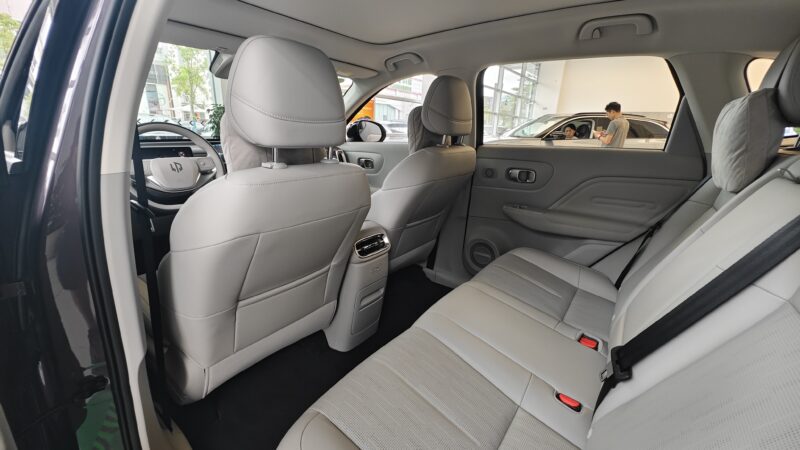
Tech highlights include a dual AI assistant system, allowing drivers to switch between Deepseek and Tongyi Qianwen language models for navigation, general queries, or even lighthearted interactions like “fortune-telling”. The infotainment system, powered by a Snapdragon 8295 chip in higher trims, delivers smooth performance, though the interface remains familiar to existing Leapmotor users.
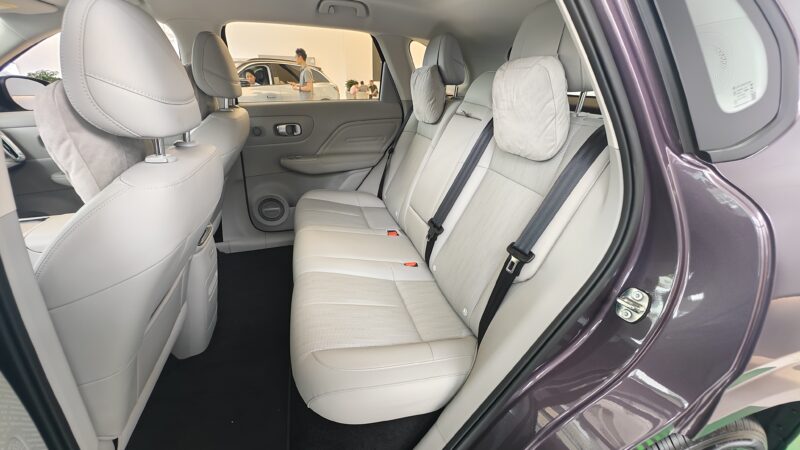
However, the interior isn’t without its compromises. The rear seats, while spacious, have a fixed backrest angle that may not suit taller passengers on longer journeys. The wireless charging pad lacks fast-charging, and the single overhead light in the trunk can leave cargo areas poorly illuminated at night.
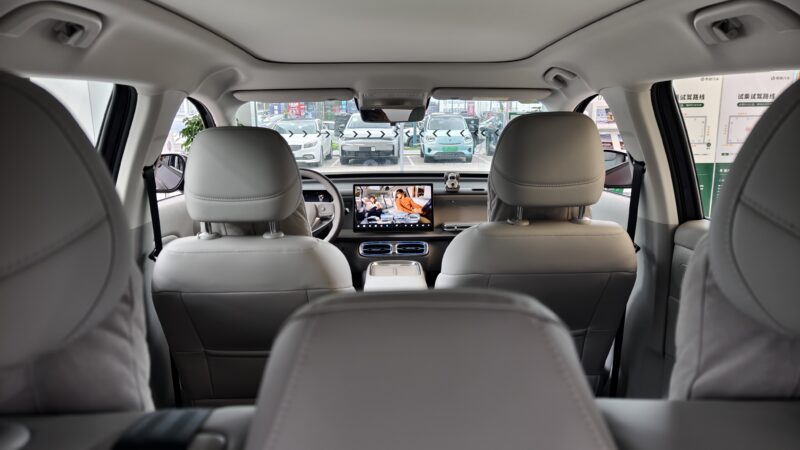
Behind the Wheel
Where the B10 truly distinguishes itself is behind the wheel. Unlike many budget EVs that prioritise efficiency over engagement, the B10 delivers a driving experience that feels surprisingly sophisticated.
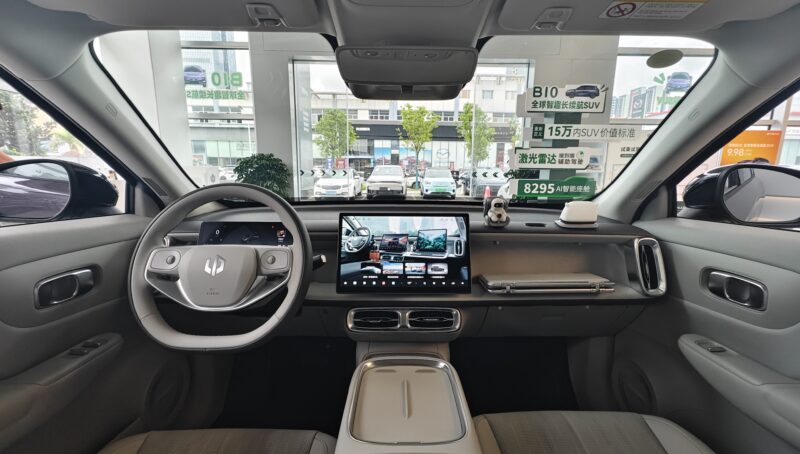
Power comes from a rear-mounted electric motor producing 170 kW (228 hp), providing brisk acceleration that feels particularly lively in sport mode. The 0-100 km/h sprint takes around 7.5 seconds, making it one of the quicker options in its class.
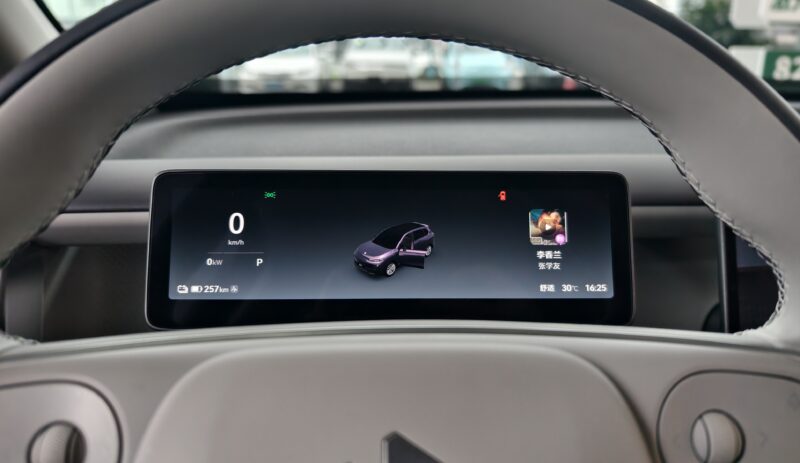
The suspension setup—MacPherson struts at the front and a multi-link arrangement at the rear—has been tuned for responsiveness rather than outright comfort. The result is a car that feels eager in corners, with minimal body roll and sharp turn-in. The damping is firm, lending the B10 a distinctly European character, though more minor road imperfections can occasionally transmit slight harshness into the cabin.
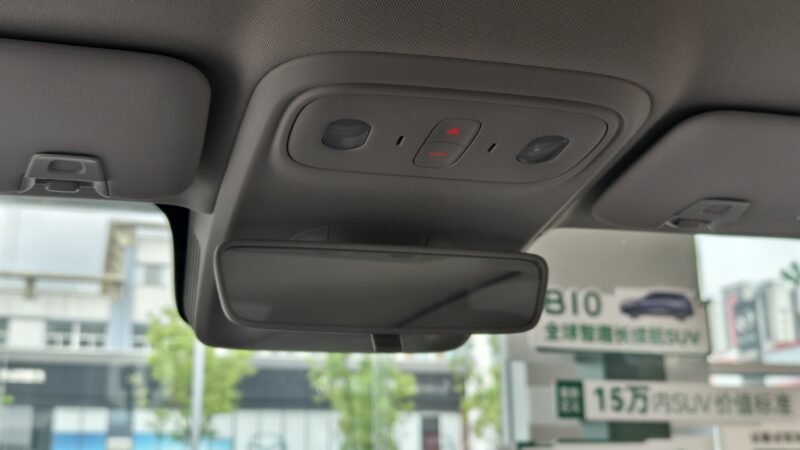
Refinement is another strong point, with wind and road noise kept impressively low even at highway speeds—effective sound insulation despite using budget-friendly Chaoyang tyres. The regenerative braking system offers a “strong” setting that allows for near one-pedal driving without the abruptness found in some rivals.
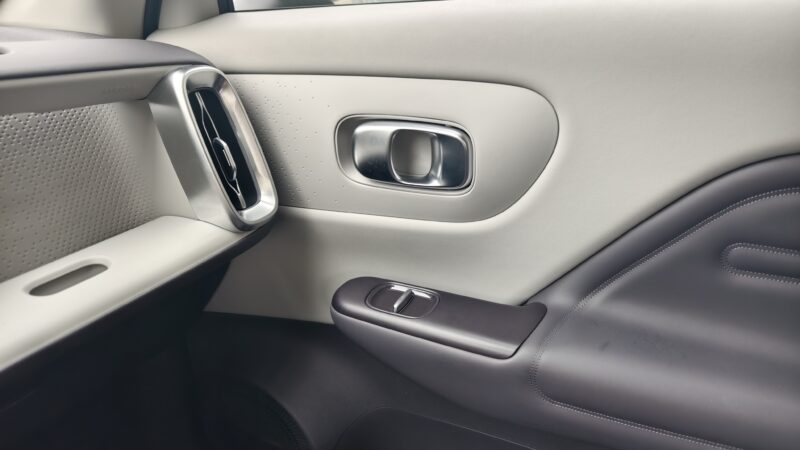
Leapmotor has also equipped the B10 with advanced driver-assistance features, though full functionality is still in development. Highway Assist works well for lane-keeping and adaptive cruise control, but the promised city navigation (including traffic light recognition) won’t arrive until a late 2025 over-the-air update. Including lidar and a Snapdragon Ride chip suggests strong future-proofing, but early adopters will need patience.
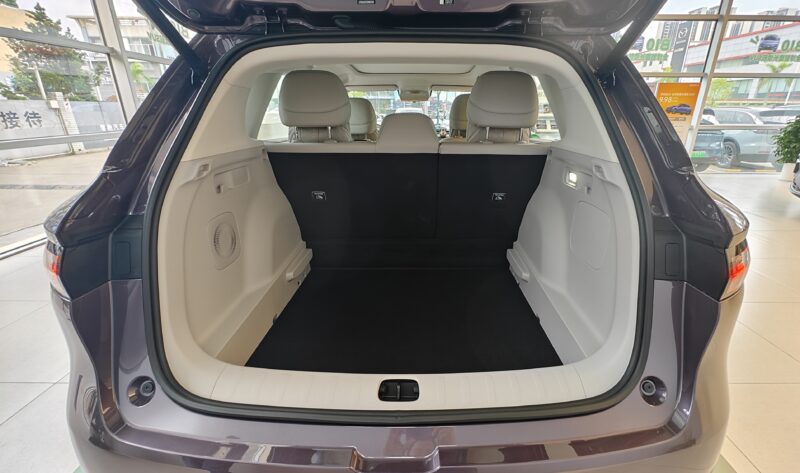
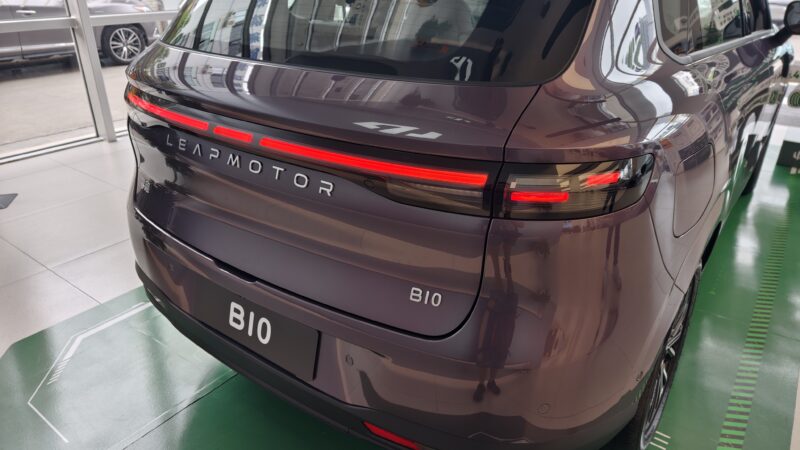
Verdict
The Leapmotor B10 is a compelling proposition, blending premium features, engaging dynamics, and cutting-edge tech at a price that undercuts nearly all competitors. It’s not without flaws—the rear seats could be more accommodating, the wireless charging is slow, and the fully autonomous driving suite is still in the works.
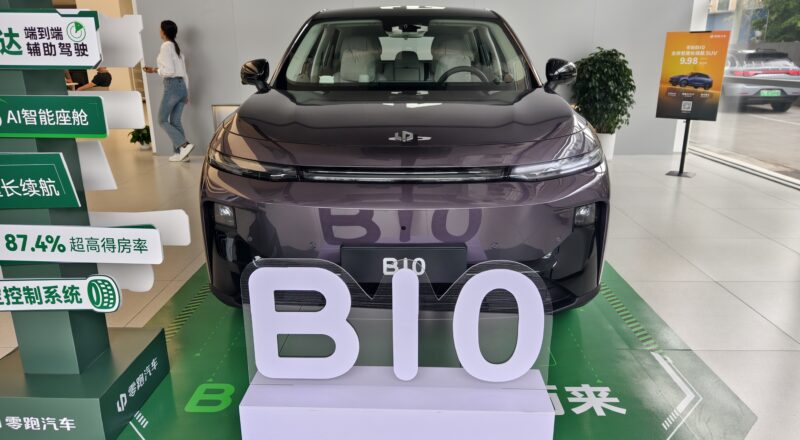
For 109,800 yuan (15,240 USD), it is one of the most intelligent choices in today’s market. If you’re willing to overlook badge prestige in favour of real-world value, the B10 might be the most rational EV purchase of 2025. Ideal for The B10 is for tech-savvy buyers, urban commuters, and anyone who refuses to equate affordability with compromise.
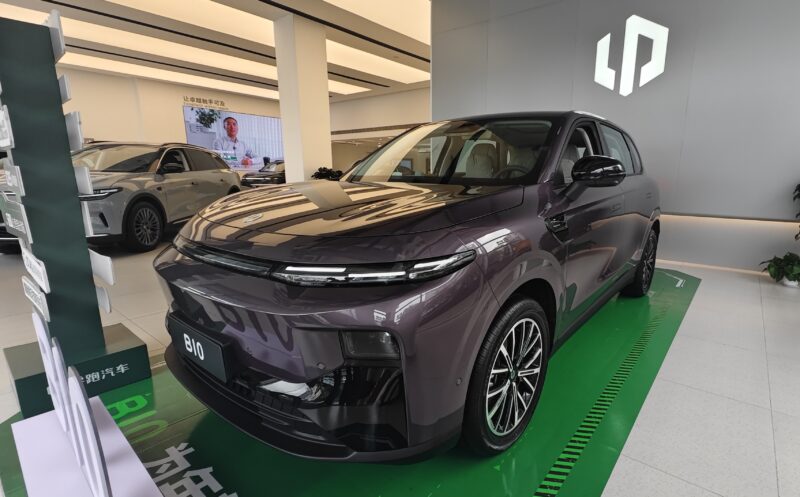
Stay tuned for next week’s Sunday China Drive at Car News China, where you can read more first-person evaluations of Chinese cars.



